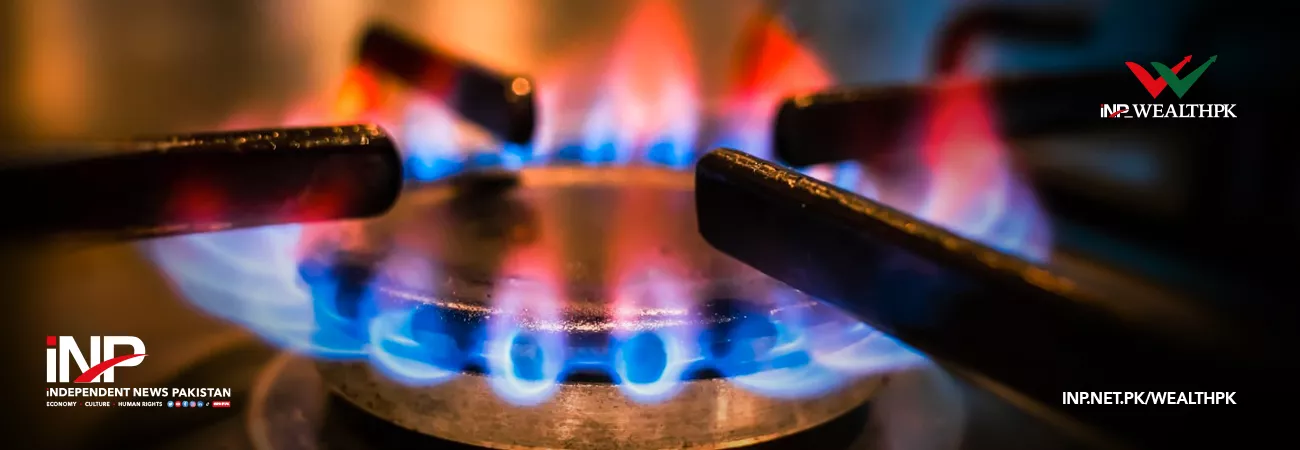INP-WealthPk
Mansoor Sadiq
Small and medium enterprises (SMEs) – considered to be the backbone of economy creating around 70 percent of jobs – are shutting down one after the other due to acute shortage of gas and power, reports WealthPK. A preliminary study – conducted by the Small and Medium Enterprises Development Authority (SMEDA) – discloses horrendous aftershocks following the devastating countrywide flash floods in September this year. The floods damaged approximately 197,000 small and mid-sized businesses, causing an estimated loss of $5.3 billion.
As per the study, the flash floods were one of the worst in the country’s history, affecting around 33 million people or about 14 percent of the country’s population. Around 90 districts of the country were declared calamity-hit. According to the study, 25 percent of economic establishments were completely and 57 percent partially damaged and looked towards the government for loans/financial assistance to resume their operations.Gas shortage has intensified in the country, as the authorities failed to book LNG cargoes from the international market ahead of winter.
The scarcity of natural gas has led to a manifold increase in the price of LPG, putting an additional burden on the pockets of millions of domestic consumers.Talking to WealthPK, Vice President of Faisalabad Chamber of Commerce and Industries (FCCI) Muhammad Aslam said Faisalabad is the hub of textile industries in Punjab and home to thousands of SMEs, but this industrial city was in a deep crisis following the indifference of the authorities concerned, as hundreds of textile units had closed down, leaving thousands of employees jobless.
It is also worth mentioning that the Sui Southern Gas Company (SSGC) has already suspended gas supply to Karachi – the country’s industrial hub – for three months [Nov-Feb 2023] to cater to the domestic consumers of Sindh and Balochistan. Following this decision, all major industries and SMEs in Sindh and Karachi have closed down their operations, rendering thousands of workers jobless. According to Vice President of Pakistan Association for Small and Medium Enterprises (PASME), severe gas shortage had hit all major and small cities, affecting both the industries and domestic consumers.
He said the coming days were very crucial for the industry as some of the industrial units had announced the suspension of their operations. Talking to WealthPK, an SNGPL official from Lahore said one of the reasons for gas shortage for domestic consumers was that some consumers had installed gas compressors on their premises to enhance gas pressure, causing low pressure in their neighbourhoods.
He said the country faced a shortfall of 520-600MCF. Commenting on the proposed Iran-Pakistan Gas pipeline project, former member of the Planning Commission Shahid Sattar said South Pars (Iranian water of Persian Gulf —estimated to be the world’s biggest gas reserve) is a deep oceanic gas field where deep-sea drilling is possible through special ships. He said all these special drilling ships were controlled by the US and it had not allowed any drilling in South Pars during the last 15 years due to which Iran itself was facing gas shortage.
Talking about Pakistan’s proposed gas pipelines undertakings with Turkmenistan and Tajikistan, he said China had already laid down pipelines to take away gas from both these Central Asian countries. Commenting on the prospects of gas import from Russia, Shahid Sattar said Pakistan could only import a limited quantity of LNG from Russia, which will ultimately serve the industrial units and not the domestic sector. He said the decision makers had yet to decide if the imported Russian gas would be fed to the industry or the domestic sector.
Credit : Independent News Pakistan-WealthPk




